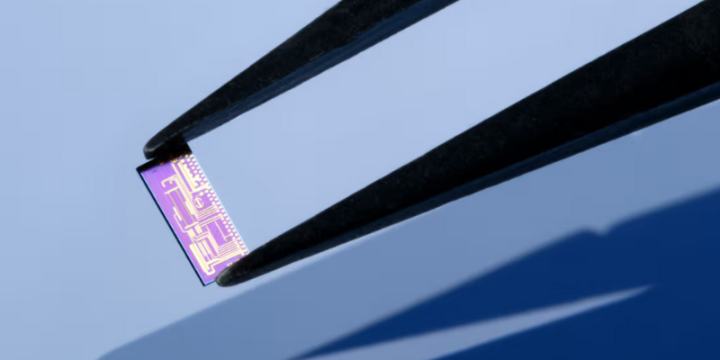NASA's climate satellite PACE was successfully launched from Cape Canaveral early Wednesday morning, 8 February. It was a special launch for the Netherlands. SPEXone, a compact device weighing less than 10 kilograms, gave the launch a Dutch twist. This measuring instrument, about the size of a shoebox, does research on the great unknown in climate science: aerosols. SPEXone was built by SRON and Airbus Netherlands, with support from TNO.
PACE will take measurements of aerosols, plankton and ocean color for a NASA climate research mission. On board of the American spacecraft are three measurement instruments. Researchers from the NWO institute SRON (Netherlands Institute for Space Research), Airbus Netherlands and TNO are the only foreign partners supplying one of the three instruments for this research mission. The satellite makes the Netherlands an important partner in NASA's PACE research.
Aerosols
Aerosols are tiny dust particles in the atmosphere, such as ash and soot particles, which are released in large quantities from the burning of fossil fuels and wood. The effect of aerosols on climate change and air pollution is complex. Because most aerosols reflect light, they have a cooling effect on the one hand; on the other, they actually contribute to global warming through absorption. But the exact effect is still unknown.
Climate models
The Dutch space instrument SPEXone is going to change this. The device measures how large aerosols are, plots different types, sees how they reflect light and what effect they have on cloud formation.
This allows us to better map which aerolols are in the atmosphere and how strong their effect is on global temperature," says Otto Hasekamp (SRON). "That makes it possible to reduce the margins in climate models and predict more accurately what will happen given certain greenhouse gas emissions."
This information is essential for climate research. The effect of aerosols and clouds is so far the largest uncertainty in estimates for temperature increases. As a result, climate models always contain a margin. The data retrieved by SPEXone will make climate models much more accurate.
This will ultimately help climate policy," explains Wencke van der Meulen of Airbus: "Climate models underpin the agreements we make on climate change." Outgoing Minister Dijkgraaf (Education, Culture and Science) agrees: "We do not yet feel confident enough to implement certain policies, but science can help reduce those uncertainties."
It is almost a work of art," says Aaldert van Amerongen, head of Earth Observation at SRON. "The instrument is packed with technology and innovation. And it all fits together very precisely." Outgoing Minister Dijkgraaf is also proud of Dutch knowledge: "This is an important Dutch achievement, and it deserves to be celebrated. It really is a small object that is likely to have a major impact. Science allows us to measure new things. This Dutch invention will help solve a piece of the climate change puzzle. I’m proud of that."
Read more:





